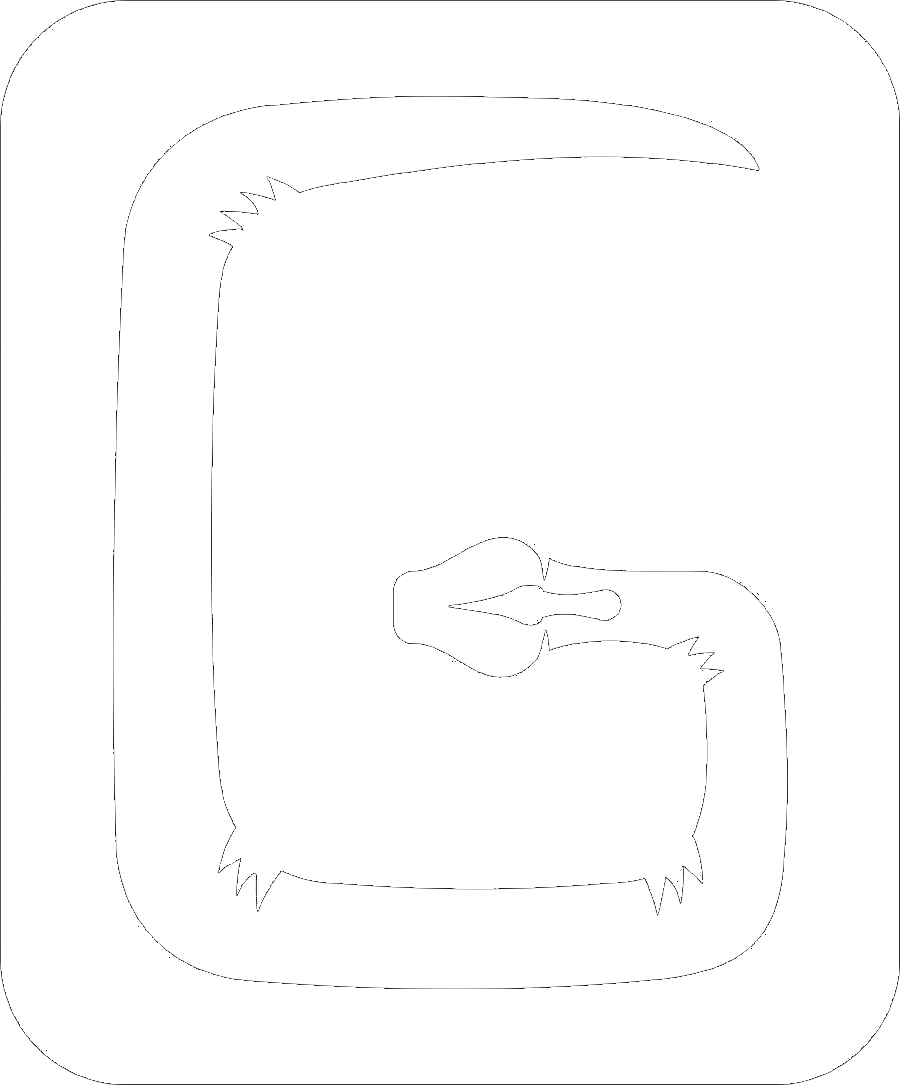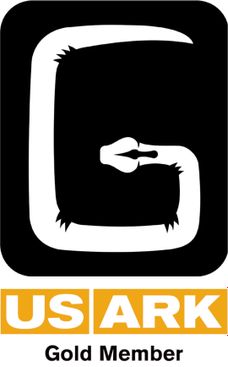Ball Python Care
Scientific name: Python regius
Natural habitat: western and central Africa
Adult size: 3'-6'
Life span: 15+ years
Reptile keeping experience: beginner
Below are the basics for keeping ball pythons.
Cage: Hatchlings can be housed in 10 gallon aquarium/terrarium or similarly sized specialty reptile cages. Adults should be kept in cages with a footprint of at least 30" x 12". They are terrestrial so a larger floor area is preferred over climbing height. An escape-proof screen lid should be used on top of any glass terrarium.
Accessories: A hide box/shelter should be provided to allow the snake a place to rest. Ball pythons do not need climbing branches, but rocks or logs can be provided. A water bowl large enough for the snake to submerge is suggested. A thermometer and humidity gauge should be used to monitor cage conditions.
Humidity: Humidity should be maintained between 60%-80%. If this humidity is not achieved with the water bowl alone, you may need to mist the cage and substrate 1-3 times daily. If the snake is having issues shedding, place moist sphagnum moss in the hiding area. See the boa constrictor care sheet if your ball python is having difficulty shedding.
Substrate: Many choices are available and the most common include cypress mulch, fir bark, and cage carpet.
Lighting/Heating: The main source of heat should be an under tank heater or some form of belly heat. Snakes are more comfortable absorbing heat from the ground rather than from above. Place the under tank heater on one end of the tank and keep any lights on the same end of the enclosure as this allows the snake to thermoregulate. It is important to create a hot side and cool side in the tank so do not place heating and lighting in the center of the enclosure. Ball pythons do not require UVB lighting but they ay benefit from access to UVB or full spectrum lighting. A daylight bulb is important to provide a proper photoperiod. Be sure the daytime bulb is off at night so you do not disrupt the day/night cycle.
Temperature: Provide a range of temperatures in the enclosure with a hot spot of 88-92°F. This can be accomplished with an under tank heater, an incandescent basking light (or heat emitter) or a combination of both (as described above). The cool end of the enclosure should be 75°F. Daytime temperatures can range between 75-85°F.
Diet/Feeding: Ball pythons can be fed appropriately sized mice and rats their entire lives. Be sure to feed prey that is no larger than the widest part of the snake. There should never be a bulge after the snake eats. Babies and juveniles should be fed every 7-10 days. Adults can be fed every 10-14 days.
© Copyright. All rights reserved. Content from this site may not be used without written consent from Phil Goss. Logo enhanced by Dozier Studio.
We need your consent to load the translations
We use a third-party service to translate the website content that may collect data about your activity. Please review the details in the privacy policy and accept the service to view the translations.

